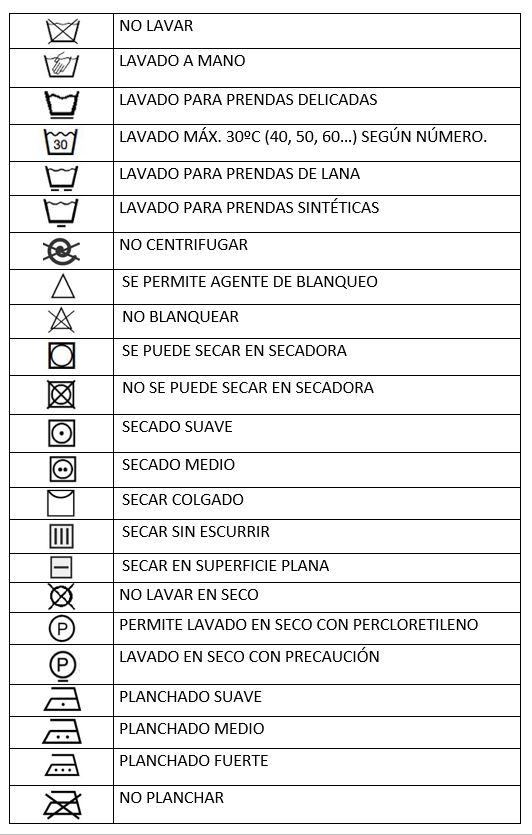Label is defined as:
Mark, tag, or label placed on an object or merchandise for identification, evaluation, classification, etc.; that is, any legend, image, or other descriptive or graphic element or sign, written, printed, stamped, marked, engraved, affixed, or attached to the packaging or directly to the product.
Labeling is defined as:
All written, printed, or graphic information related to a product, which must mandatorily accompany it when presented for sale to the consumer.
One of the most important functions of labeling is to identify the person responsible for the product, which may be the manufacturer, distributor, seller, importer, or even the brand owner.
A product’s label is its business card and also its quality guarantee.
In general, textile products must be properly labeled before being marketed. All indications shown on the label must appear in clearly visible and easily legible characters for the consumer, and it is mandatory that they appear at least in the official language of the country of origin.
- COMPOSITION LABELING:
It must be taken into account that textile products will only be marketed if they are labeled or marked, or accompanied by commercial documents in accordance with EU Regulation 1007/2011.
The most common compositions are:
| AR | Aramids |
| AS | Antistatic fiber |
| CA | Acetate, or Acetate Rayon |
| CO | Cotton |
| CV | Viscose or Viscose Rayon |
| EA | Elastane |
| GL | Glass fiber |
| JU | Jute |
| LI | Linen |
| PA | Polyamide - Nylon |
| PE | Polyethylene |
| PES | Polyester |
| PP | Polypropylene |
| PU | Polyurethane |
| PVC | Polyvinyl chloride |
| RA | Ramie |
| RES | Acrylic resin |
| SE | Silk |
| SI | Sisal |
| SIL | Silica |
| SILCN | Silicone |
| WO | Wool |
2. LABELING INFORMATION:
The information that must be present on labels, according to current regulations, is as follows:
- Identification of the manufacturer, merchant, distributor, or importer.
- Composition of the item.
Voluntarily:
- Care instructions.
- Information on parameters relevant to use and maintenance.
- Ecological labels, such as Oeko-Tex and Made in Green, among others.
- GENERAL LABELING REGULATIONS:
Regulation No. 1007/2011 of the European Parliament and of the Council of 27 September 2011. This regulation is binding in all its elements and directly applicable in each Member State. As of May 8, 2012.
- General specifications:
Voluntary indications or information, such as pilling resistance, flame retardant, waterproof, shrink-resistant, care symbols, etc., must appear clearly differentiated.
All mandatory indications must appear in characters that are clearly visible and easily legible to the consumer.
All indications must be stated on the label in the official language of the State.
- Placement of the label:
The label may be made of any resistant material; the labeling and marking of textile products must be durable.
It must be legible, visible, and easily accessible.
- Mandatory information:
Identification of the person responsible for the garment or textile product: name or trade name or corporate name of the manufacturer, merchant, or importer and their address.
Composition of the item: it is the % of the fibers that make up the item.
- CARE
Care labeling is not mandatory, although it is an increasingly common practice. For this reason, depending on the country, the symbols may vary.
The most commonly seen are:

5. ECOLOGICAL LABELING
Ecological labeling is a mark intended to identify companies, products, or services that meet certain “environmental friendliness” criteria.
We can find:
OEKOTEX-TEX 100 is a globally standardized testing and certification system for raw, intermediate, and finished textile products at all stages of processing. Based on the analysis of the presence and quantity of various substances harmful to health.
Currently, there are 15 member institutes. In Spain, AITEX is the authorized laboratory for granting the OEKO-TEX label.


